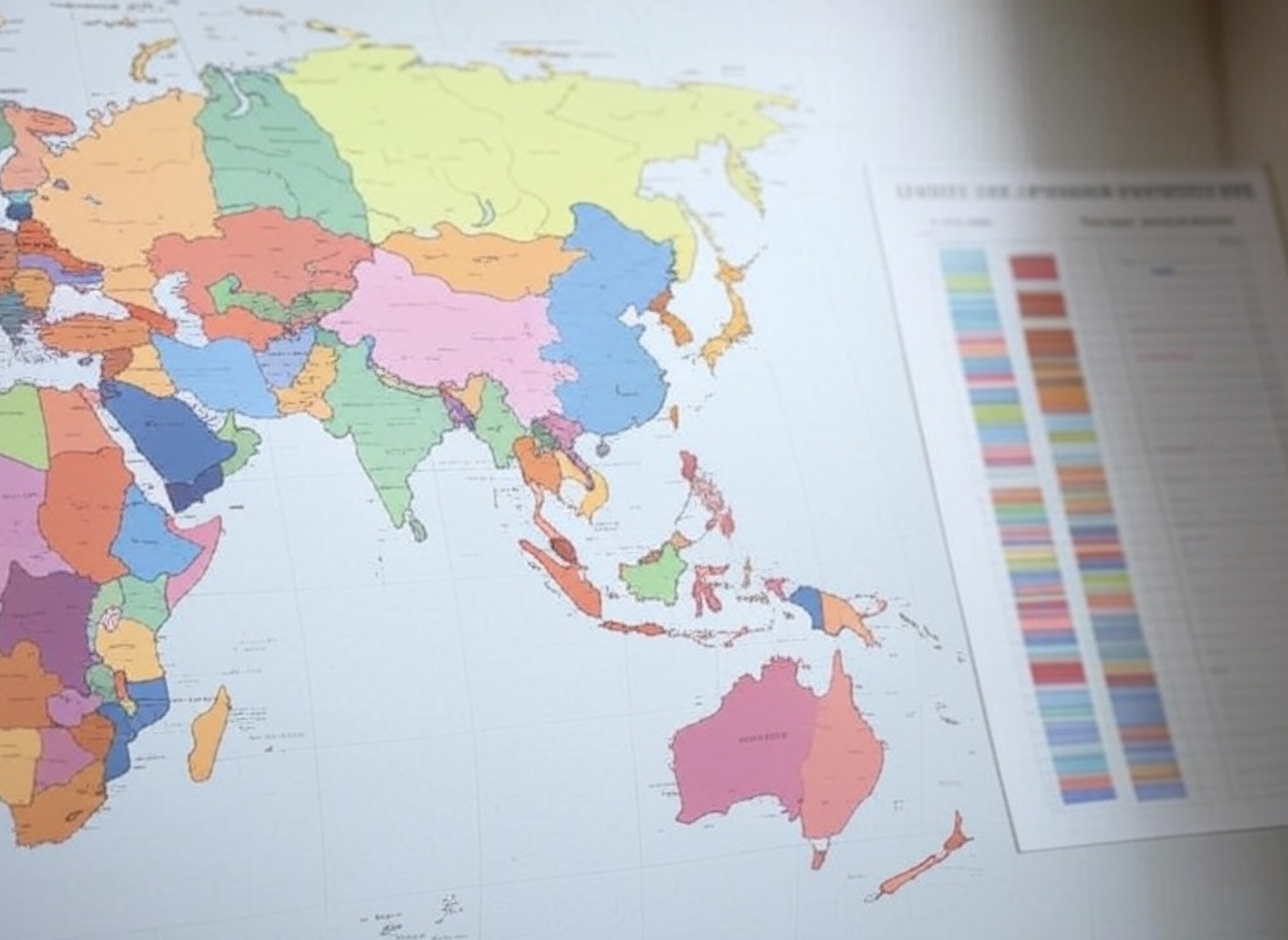Global Trade Taxes: How Much Do Countries Impose on the United Kingdom?

In a world where trade shapes economic fortunes, the United Kingdom (UK), a major global trading hub, faces a complex web of tariffs imposed by its international partners. As of April 2025, the UK navigates post-Brexit trade dynamics, making the tariffs levied on its goods a critical factor in its economic landscape. This article delves into the varying tariff rates that countries apply to UK exports, reflecting both economic strategies and geopolitical tensions.
The Tariff Terrain for UK Goods
Tariffs, taxes on imported goods, serve as tools for countries to protect domestic industries or respond to trade imbalances. The UK, a significant exporter of goods like machinery, vehicles, and whisky, encounters a range of tariff rates depending on its trading relationships. Recent data highlights that the United States imposes a baseline 10% tariff on all UK goods, a rate introduced as part of a broader reciprocal trade policy announced on April 2, 2025. This move, dubbed “Liberation Day” by U.S. President Donald Trump, aims to mirror the tariffs other nations apply to American products, though the UK’s relatively balanced trade with the U.S. has sparked debate over its fairness.
The European Union (EU), despite the UK-EU Trade and Cooperation Agreement that eliminates tariffs between the two, applies its Common External Tariff to UK goods traded outside this framework, averaging around 12% on non-preferential imports. However, this rate varies by product, with higher duties on agricultural goods to shield EU farmers. China, a growing market for UK exports, levies an average tariff of 28% on British goods, a figure that has risen amid ongoing trade tensions and reflects Beijing’s efforts to bolster its domestic industries against Western competition.
Japan, a key partner, imposes a more moderate 15% tariff on UK goods, influenced by the UK-Japan Comprehensive Economic Partnership Agreement, which reduces rates on many items but leaves room for protectionist measures in sensitive sectors like agriculture. Turkey, meanwhile, applies a 9% tariff, a rate that balances its strategic alliance with the UK while supporting its own manufacturers, though some Turkish voices on social platforms suggest this could be lowered to enhance bilateral trade.
Reciprocity and UK Responses
The UK itself has historically maintained lower tariffs, with its UK Global Tariff (UKGT) averaging around 3.8% on goods from countries without free trade agreements, like the U.S. However, recent U.S. tariffs have prompted discussions about potential retaliation. The UK government has so far adopted a cautious stance, engaging in negotiations to secure exemptions rather than immediately imposing counter-tariffs. This pragmatic approach contrasts with the EU’s readiness to announce €26 billion in retaliatory measures against U.S. tariffs, a stance that could pressure the UK to reconsider its position given its proximity to European markets.
Posts on social media reflect mixed sentiments, with some arguing that the U.S. 10% tariff matches existing UK duties on American cars and steel, suggesting a degree of reciprocity. Others contend that the UK’s trade deficit with the U.S.—a rare occurrence in late 2024—might justify higher U.S. tariffs, though official data shows methodological differences in trade balance reporting between the two nations.
Economic and Political Implications
The tariffs imposed on UK goods reveal a tapestry of economic priorities. High-tariff nations like China use duties to shield nascent industries, while lower-tariff countries like Turkey and Japan signal a willingness to maintain open trade, albeit with limits. For the UK, these tariffs impact export competitiveness, particularly in high-value sectors like automotive and aerospace. The 10% U.S. tariff, for instance, threatens Scotland’s whisky industry, a £971 million annual market, with producers like Kilchoman distillery bracing for price hikes or lost sales.
Politically, the U.S. tariff policy has strained transatlantic relations, with UK leaders hopeful that a new economic partnership could reverse these levies. The EU’s retaliatory stance adds complexity, especially for Northern Ireland, where EU customs rules still apply, potentially reopening Brexit-related tensions. Globally, the risk of a trade war looms, with higher import costs and inflation threatening economic growth, as warned by the Office for Budget Responsibility.
Looking Ahead
As of April 3, 2025, the tariff landscape for UK goods remains in flux. Negotiations with the U.S. and responses to EU actions will shape the future. The UK’s strategy hinges on securing favorable deals while protecting key industries, a delicate balance in an era of rising protectionism. For now, every tariff rate tells a story of economic resilience and diplomatic maneuvering, with the global trade stage set for further drama in the months ahead.




